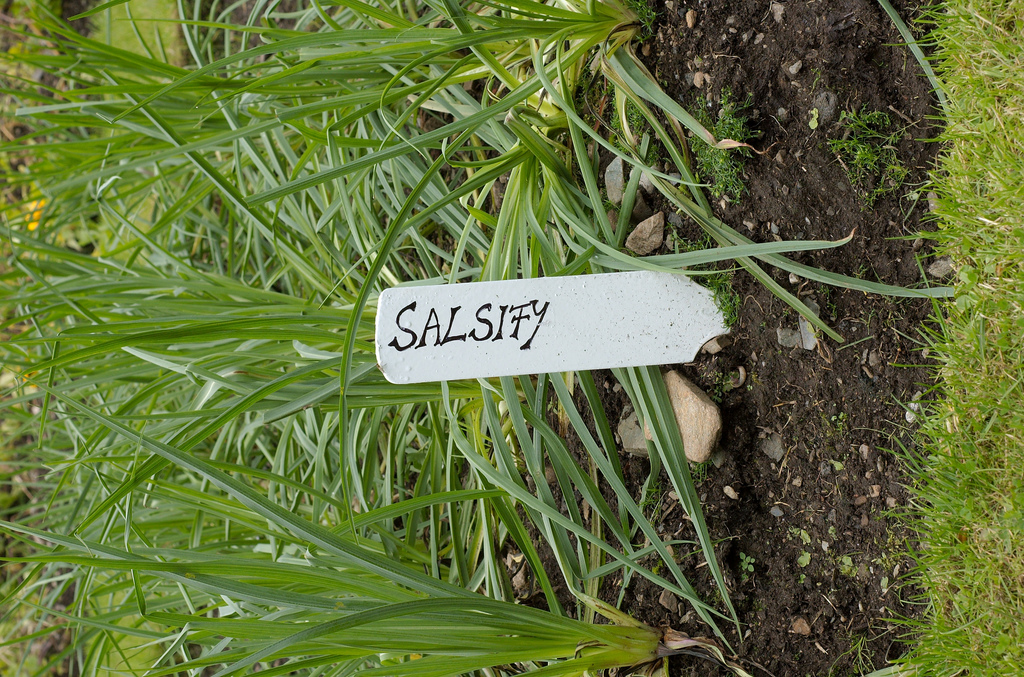Harvesting Salsify: Information On Harvesting And Storing Salsify


Salsify is grown primarily for its roots, which have a flavor similar to oysters. When the roots are left in the ground over winter, they produce edible greens the following spring. The roots don't store well and, for most growers, harvesting salsify as it is needed solves these storage problems. Let's learn more about salsify plant harvesting and how to store salsify roots for the best outcome.
How and When to Harvest Salsify Root
Salsify is ready for harvest in the fall when the foliage dies. The flavor is improved if the roots are exposed to a few frosts before harvesting salsify. Dig them with a garden fork or spade, inserting the tool deep enough into the soil that you don't cut the root. Rinse off the excess soil and then dry the salsify roots with a kitchen or paper towel. The roots quickly lose flavor, texture, and nutritional value once harvested, so harvest only as much as you need at one time. Roots left in the garden over winter tolerate frost and even hard freezes. If the ground freezes solid during winter in your area, harvest some extra roots before the first hard freeze. Harvest the remaining roots before growth resumes in spring.
Salsify Plant Harvesting for Greens
Harvesting salsify greens is something that many people enjoy as well. Cover the roots with a thick layer of straw in winter if you plan to harvest the edible greens. Cut the greens in spring when they are about 4 inches (10 cm.) tall.
How to Store Salsify
Harvested salsify roots keep best in a bucket of moist sand in a root cellar. If your home is like most these days, it doesn't have a root cellar. Try storing salsify in a bucket of moist sand sunk into the ground in a protected area. The bucket should have a tight-fitting lid. The best way to store salsify, however, is in the garden. Over winter it will maintain its flavor, consistency, and nutritional value. Salsify keeps for a few days in the refrigerator. Rinse and dry the roots and place them in a plastic bag before refrigerating when storing salsify this way. Salsify doesn't freeze or can well. Scrub the roots well before cooking, but don't peel salsify. After cooking, you can rub the peel off. Squeeze diluted lemon juice or vinegar over cooked salsify to prevent discoloration.
Sign up for the Gardening Know How newsletter today and receive a free copy of our e-book "How to Grow Delicious Tomatoes".

Jackie Carroll has written over 500 articles for Gardening Know How on a wide range of topics.